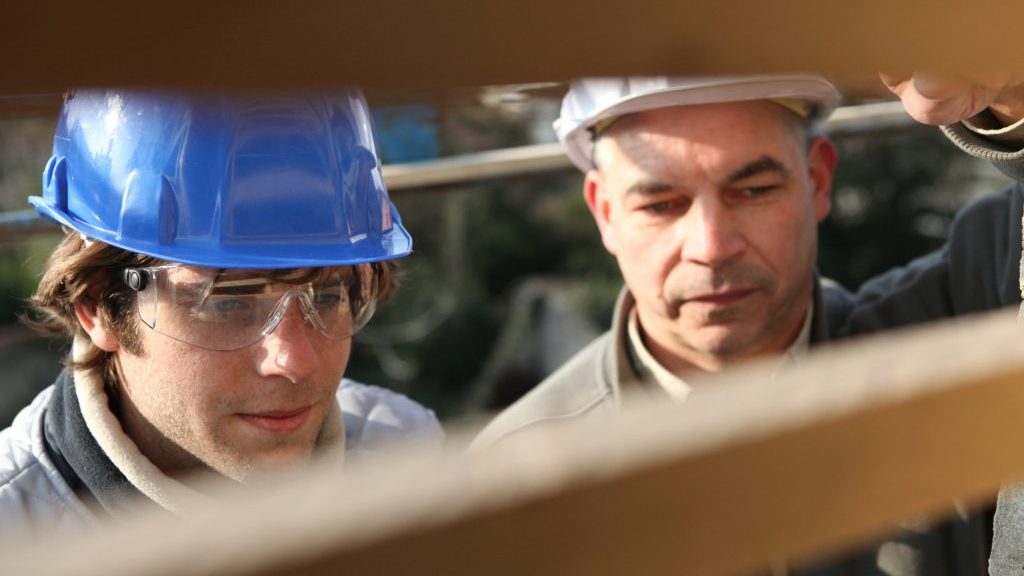With four training centres, the Alberta/NWT Regional Council of Carpenters and Allied Workers puts a high value of ensuring their 12,000 members get the skills they need ahead of the demand curve.
Colin Belliveau, director of training and apprenticeship at the Alberta Carpenters Training Centre, says the centres provide a diverse range of training, especially in scaffolding, which is an area the membership is heavily focused on.
“We have four centres, two here in Edmonton, one in Fort McMurray and one in Calgary,” he says. “All told, about 1,000 people a year go through the various programs there.”
With the energy sector showing signs of a resurgence, the membership are anxious to get back to work. While some of them have drifted back to the Maritimes and Ontario during the slowdown, there’s little doubt they’ll be back as soon as the economic activity picks up a bit more, believe experts.
It may be sooner than later. Last year Alberta’s economy beat projections, with growth across all sectors and as GDP grew an estimated 4.5 per cent and exports increased by nearly 30 per cent. That growth, while slow and steady, is expected to be sustained through 2018.
“The demand is there,” says Belliveau. “We had to open up another facility here in Edmonton to handle it.”
One of the contingents going through the training centre are aboriginal recruits from the Trade Winds to Success Training Society.
It helps First Nations, Metis and Inuit people get a toehold in the trades by first bringing up their general math and other requirements then letting them pick a trade such as electrician, carpenter, welder, ironworker or plumber and others.
“Those who pick carpenter come to us for their pre-site training and their basic skills training,” says Belliveau.
Trade Winds is a two-week orientation, four-week academic preparation and exam and then a two- to 10-week training stint at a union facility.
The courses across the board at the training centres are diverse: building envelope skills, rigging and signaller, overhead bridge crane operator and more.
Scaffolding, however, is becoming a big part of what the Alberta carpenters are doing. Welders and other pipefitters need stable and safe platforms to work.
“There was a site fatality from a scaffold 20 or so years ago and clearly there was a need for training around building and working scaffolds so we stepped up as a union to create a program for it,” he says. “Now it’s one of our biggest programs and one of the biggest skills employers want from us.”
In addition to the basics of working on scaffolds and erecting scaffolds, the centre also provides training in the different types of scaffold systems.
The most common system they teach is the Peri system but with the arrival of the U.K.-based HAKI lightweight scaffolding system, which has some advantages onsite for creating weather protected work areas and speed of installation, they are ramping up training.
“It’s coming and we want to be ahead of the curve with our members trained and familiar with it,” he says. “Looking ahead we also want to get into flowing and Interior Systems Mechanics but we don’t have a market for it yet and it’s part of our long-term plan.”
Meanwhile the training goes on, covering door hardware installation, blueprint reading, basic construction site layout and surveying, construction safety training systems, forklift operator, concrete forming and, of course, carpentry itself. There are also courses in Arial Work Platforms and Powered Industrial Truck Operating which covers boom lifts.
From basic courses introducing new workers to construction and safety regulations to training the trainers, the Alberta carpenters are fully engaged and also take advantage of their international union’s training facility in Las Vegas, Nev.
“We’ll send guys down there for things like the turbine course because we don’t have one up here to train on obviously, they cost $300,000,” Belliveau says. “And we’ll send guys down to certify as trainers.”











Recent Comments
comments for this post are closed